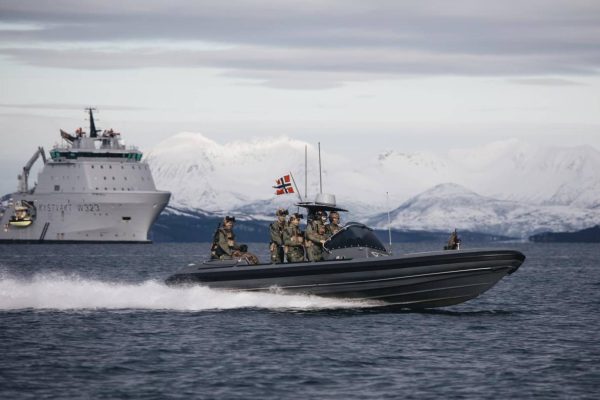Finally, key NATO countries have decided to allow Ukrainian pilots to start training on F-16s. The US has also given the green light for the Netherlands and Denmark to start transferring these warplanes to Ukraine.
The news is as welcome as the delay is infuriating. The training will take months, and the decision could have been made 18 months ago, or even earlier. It is the same sad story that we have witnessed with tanks, air-defense systems, precision ammunition, and other weapons. While Western countries dithered, Russia laid minefields, and Ukrainians died.
Total casualties in the war are around half a million, according to newly leaked US estimates. On the Russian side, the death toll is 120,000, with 170,000 to 180,000 maimed. On the Ukrainian side, the numbers are 70,000 killed and 100,000 to 120,000 wounded. That is a staggering toll, far worse than in the decade of fighting that followed the disintegration of Yugoslavia. True, Vladimir Putin is to blame for every one of those deaths. But so, too, are the Western leaders who failed to stop him.
Despite this hideous cost, Ukrainians are not war-weary. They know what life in Russian captivity would mean. But the West, increasingly, is. Persistent leaks and public speculation suggest that skepticism is growing about Ukraine’s chance of breaking through decisively in the current offensive. Nor is there any sign that Russian military setbacks (let alone the casualty toll) are leading to political change in Moscow. The war, some fear, could continue like this for a year, or more. Would it not be better to explore a peace deal?
The outline—at least in their minds—is clear. Ukraine is given NATO membership or equivalent security guarantees in return for abandoning, for now, at least, the territories under Russian occupation.
Such a deal might work, in the sense that Ukraine could perhaps be arm-twisted to accept it. But it would not work in a wider sense. Russia would regard this as a victory. It invaded another country and seized its territory. The West blinked first. Putin would claim vindication. The West might have temporarily solved its Ukraine problem, but not the far bigger problem that lies behind it. The West has had a choice since the 1990s of confronting Russia now or later. It has always chosen to delay, and faced a much worse threat as a result.
This time would be no different. Why would the Kremlin believe that NATO was serious about defending post-ceasefire Ukraine? If the Western alliance was not willing to risk escalation against Russia with arms-length support (training and arms supplies), why would it be willing to risk direct confrontation? Indeed, Putin might quite reasonably doubt if NATO was serious about defending any of its members.
Russia would, according to Western intelligence estimates, need between three and five years to reconstitute its forces once the fighting stops (Europe, on favorable assumptions, needs a decade). After that, the Kremlin would be looking for another target, perhaps another bite of Ukraine, or perhaps the Baltic states.
The West will most likely be weaker, not stronger, when this next test comes. Ukraine will be traumatized and perhaps justly furious with its faithless friends. Many Europeans may conclude that it was unwise to provoke Russia. For its part, the US will shrug its shoulders and turn its attention to China.
The best alternative to this bleak scenario is simple: to give Ukraine the weapons it needs to defeat Russia while putting real pressure on the Kremlin. Victory is still achievable. But we have to want it as much as the Ukrainians do.
Europe’s Edge is CEPA’s online journal covering critical topics on the foreign policy docket across Europe and North America. All opinions are those of the author and do not necessarily represent the position or views of the institutions they represent or the Center for European Policy Analysis.





